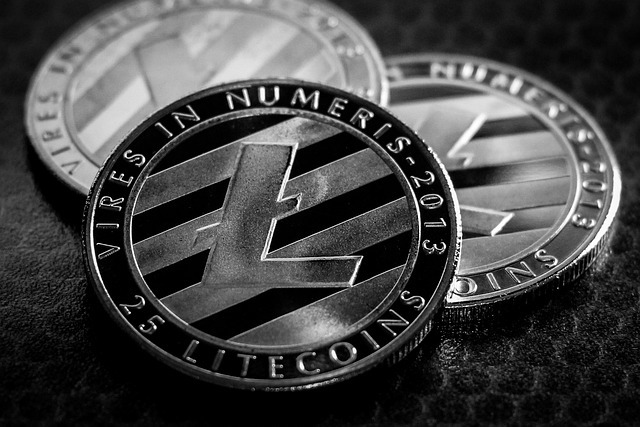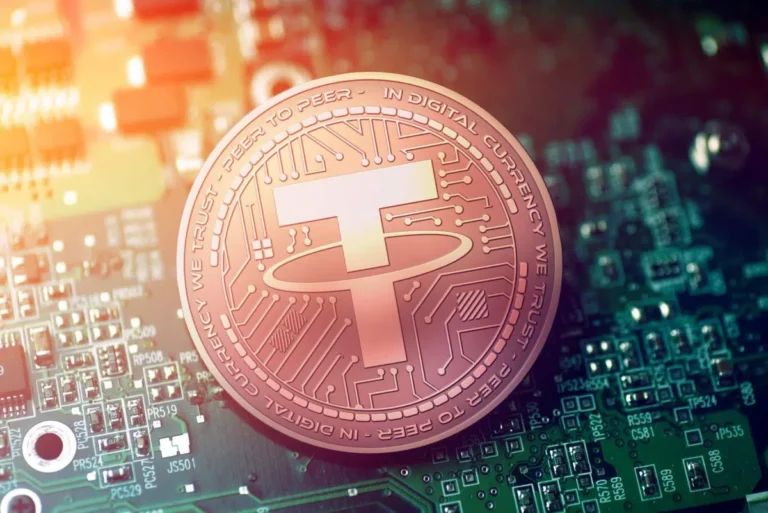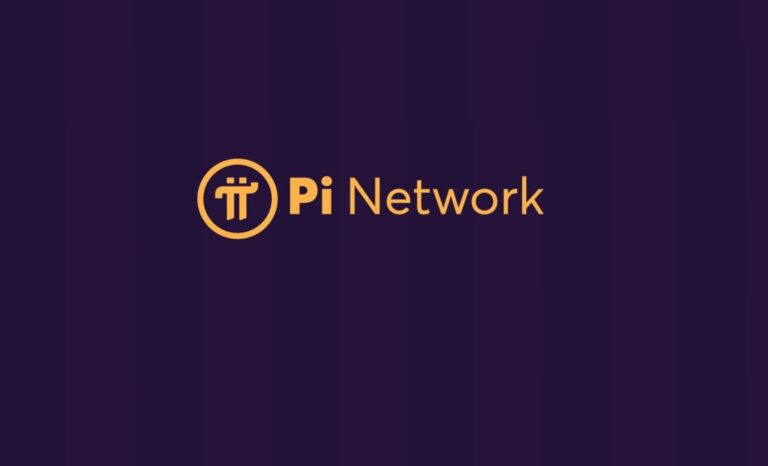
- Litecoin, launched in 2011 as a faster and more cost-effective alternative to Bitcoin, is often referred to as the “silver” to Bitcoin’s “gold.”
- Its faster transaction times, lower fees, and growing acceptance make it a practical choice for everyday transactions, global payments, and micropayments.
Launched in 2011 by Charlie Lee, Litecoin was designed as a faster and more cost-effective alternative to Bitcoin, often referred to as the “silver” to Bitcoin’s “gold.” While Bitcoin was intended as a store of value, Litecoin was engineered to offer quicker transaction times and lower fees, making it more suitable for everyday use. Over the years, Litecoin has established itself as one of the top cryptocurrencies, gaining a substantial following and earning recognition as a reliable digital asset.
Why Investors Seek Litecoin Price Predictions
Predicting Litecoin’s price is crucial for crafting effective investment strategies, whether you’re a seasoned investor or a newcomer to the crypto space. Websites like Coindataflow are invaluable for those seeking insights into price trends and future movements. Coindataflow offers detailed analytics that help investors gauge where Litecoin’s price might be headed, enabling informed decision-making in the often volatile crypto market.
Litecoin is based on a modified version of Bitcoin’s protocol but with notable differences that enhance its speed and cost-effectiveness. While Bitcoin processes a block every 10 minutes, Litecoin achieves this in just 2.5 minutes, facilitating quicker transaction confirmations. Additionally, Litecoin boasts a maximum supply of 84 million coins—four times that of Bitcoin—which contributes to its unique value proposition.
Real-World Applications of Litecoin
Litecoin’s practical advantages extend to several real-world applications:
- Everyday Transactions: Due to its faster transaction times and lower fees, Litecoin is a practical alternative for small purchases such as buying coffee, tipping online content creators, or paying for services.
- Global Payments: Widely accepted across various platforms and services, Litecoin enables efficient and cost-effective international payments without the delays and high costs associated with traditional bank transfers.
- Micropayments: The lower fees associated with Litecoin make it ideal for micropayments, where other cryptocurrencies’ high transaction costs would be prohibitive.
Cross-Border Transfers and Mining
Litecoin’s efficiency makes it increasingly popular for cross-border payments, including remittances and international business transactions. Its faster processing times offer a significant advantage over traditional methods.
In terms of mining, Litecoin uses the Scrypt algorithm, differing from Bitcoin’s SHA-256. Initially, Scrypt was designed to be more resistant to specialized mining hardware, such as ASICs (Application-Specific Integrated Circuits). However, specialized Scrypt ASIC miners have since emerged, making mining less accessible to individual GPU miners and concentrating power in larger operations.
As cryptocurrency adoption grows, Litecoin remains well-positioned to play a significant role in the future of digital payments. With its low fees, rapid transactions, and increasing acceptance, Litecoin continues to be an attractive option for both consumers and businesses. As you navigate the evolving crypto landscape, understanding Litecoin’s unique attributes and its role in the market will be crucial for making informed investment decisions.




